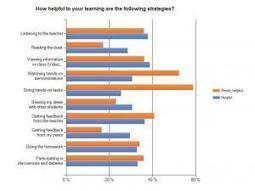The term "student" was defined in the middle ages. It is time to rethink what that implies and redefine the learner.
Research and publish the best content.
Get Started for FREE
Sign up with Facebook Sign up with X
I don't have a Facebook or a X account
Already have an account: Login
What pathways are being designed in today's schools to personalize the learning experience?
Curated by
Kathleen McClaskey
 Your new post is loading... Your new post is loading...
 Your new post is loading... Your new post is loading...
|
|













This is so very true. People develop a real meaningful reason for learning or the learning will have much less staying power. I love what this article points out. Teacher's function best if they provide guidance for the process and monitor success.
I like the debate this could start in my classroom!